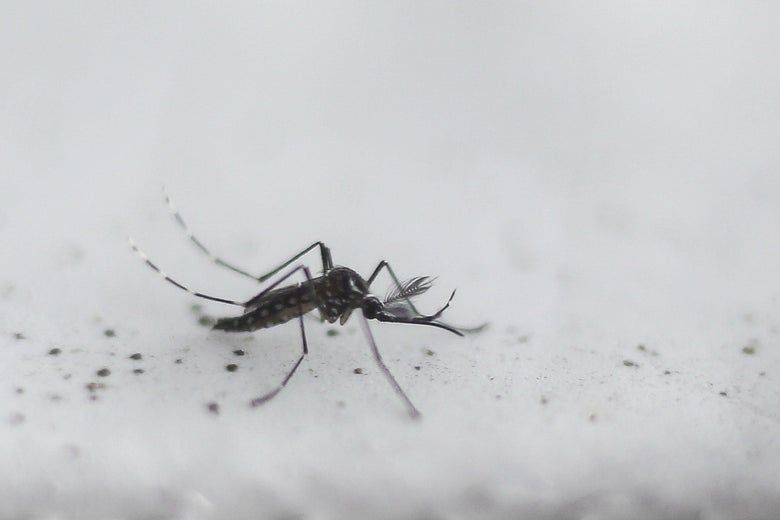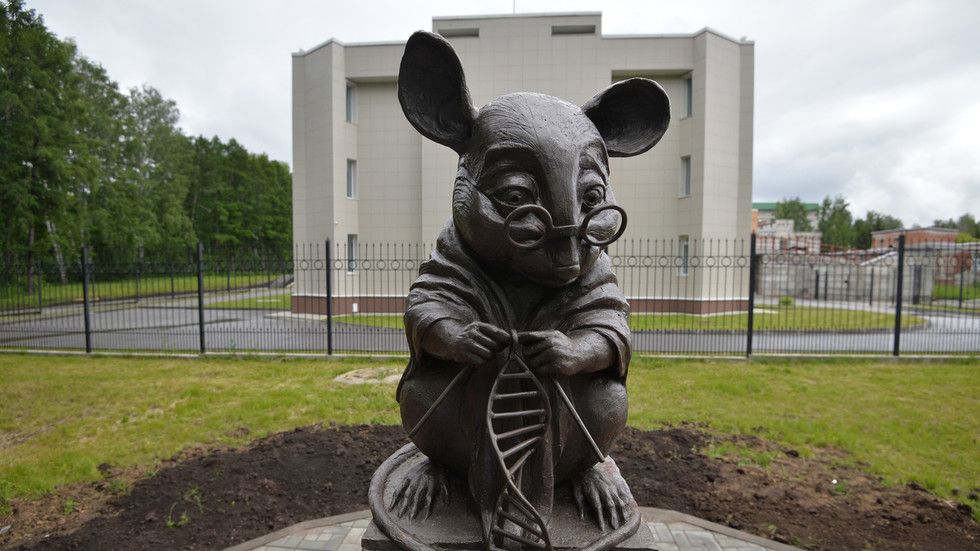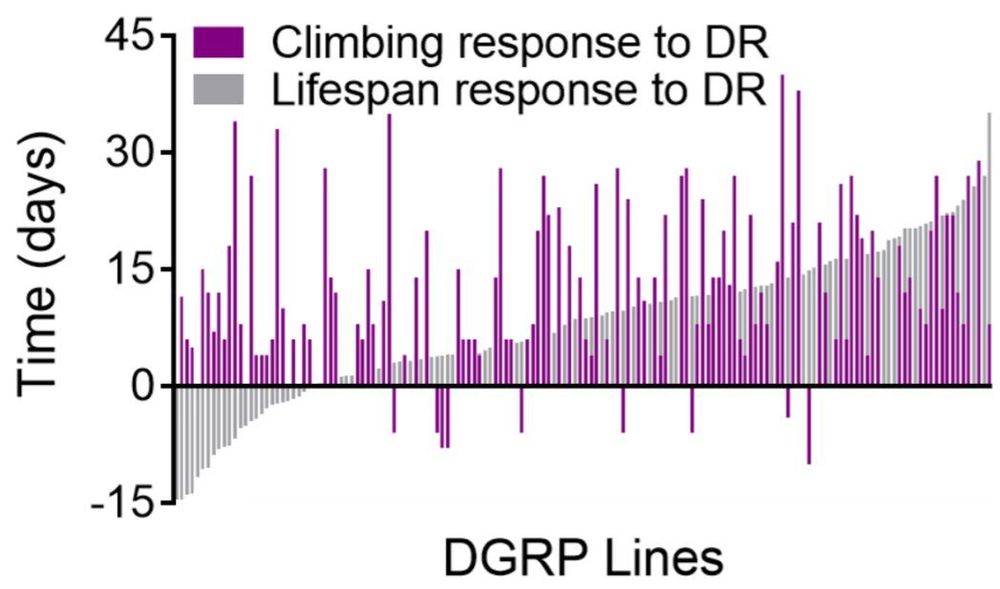Archive for the ‘genetics’ category: Page 308
Jun 9, 2020
Putin orders creation of national genetic database as Russia prioritizes genetic research
Posted by Derick Lee in categories: biotech/medical, computing, education, genetics, government
The president also ordered a boost in the education of specialists in genetics and genome sequencing and the domestic production of necessary laboratory equipment, as well as tax cuts for biomedical research. Russia will also open world-class genome research centers which will, among their immediate goals, work on the development of treatments and vaccines for Covid-19.
The future database will be one of the tools that Russia hopes to use to assume a leading position in the biomedical industry. The government sees it as crucial for keeping the country competitive on the world stage going forward.
The Kurchatov Institute, which is best known for nuclear research, has been tasked with laying the foundation for the database, choosing the storage format and making tools for search and analysis. The institute has experience in the secure handling of large amounts of sensitive data and operates a number of data centers across Russia which are used for scientific collaboration projects.
Jun 8, 2020
New Genetic Identification of COVID-19 Susceptibility Will Aid Treatment
Posted by Genevieve Klien in categories: biotech/medical, genetics
For the first time, Italian scientists have been able to identify the genetic and molecular basis of this susceptibility to infection as well as to the possibility of contracting a more severe form of the disease. The research will be presented to the 53rd annual conference of the European Society of Human Genetics, being held entirely on-line due to the Covid-19 pandemic, today [Saturday].
Jun 6, 2020
Chasing immortality | The Future is Now
Posted by John Davies in categories: biotech/medical, education, genetics, life extension, neuroscience

#Eternal life might not be attainable in the near future, but genetic engineers and doctors are working on new life extension technology. The research could lead to keeping our bodies young, and scientists are developing ways of downloading our brain’s consciousness onto digital media once the body is at the end of its life cycle.
#RT #Documentary offers you in-depth documentary films on topics that will leave no one indifferent. It’s not just front-page stories and global events, but issues that extend beyond the headlines. Social and environmental issues, shocking traditions, intriguing personalities, history, sports and so much more – we have documentaries to suit every taste. RTD’s film crews travel far and wide to bring you diverse and compelling stories. Discover the world with us!
Continue reading “Chasing immortality | The Future is Now” »
Jun 6, 2020
Genetically Modifying Humans to Reverse Aging — Today – EP15: Liz Parrish (BioViva)
Posted by John Davies in categories: biotech/medical, genetics, life extension

SEE MORE EPISODES like this https://podcast.hyperwellbeing.com/
In this fifteenth episode, Liz Parrish shares her quest for radical life extension and details her two completed gene therapies. She describes the regenerative medical tourism available today for increased lifespan and costs. She relates her company’s mission to create a human that regenerates faster than they degenerate. She details her upcoming gene therapies, including upgraded IQ.
Jun 6, 2020
Scientists find link between COVID-19 severity and genetics
Posted by Genevieve Klien in categories: biotech/medical, genetics
Chinese scientists also found that patients with blood type A were more likely to develop a severe case of COVID-19, according to the Times.
While the Chinese study does support the new study, questions remain on why blood type affects the severity of the illness. “That is haunting me, quite honestly,” said Franke.
The locus where the blood-type gene is located also contains DNA that acts an on-off switch for a gene producing a protein that triggers strong immune responses.
Jun 5, 2020
Ancient DNA reveals diverse origins of Caribbean’s earliest inhabitants
Posted by Genevieve Klien in categories: biotech/medical, genetics
Jun 5, 2020
Chronic stress? Limiting inflammatory signaling to specific brain circuits
Posted by Xavier Rosseel in categories: biotech/medical, genetics, neuroscience
Chronic stress has long been associated with the pathogenesis of psychological disorders such as depression and anxiety. Recent studies have found chronic stress can cause neuroinflammation: activation of the resident immune cells in the brain, microglia, to produce inflammatory cytokines. Numerous studies have implicated the inflammatory cytokine, interleukin-1 (IL-1), a master regulator of immune cell recruitment and activity in the brain, as the key mediator of psychopathology. However, how IL-1 disrupts neural circuits to cause behavioral and emotional problems seen in psychological disorders has not been determined.
…
The research team previously detailed how psychosocial stress results in peripheral immune activation, increased levels of circulating monocytes, and robust neuroimmunological responses in the brain. These responses include increases in IL-1 and other inflammatory cytokines, activation of brain glial cells and movements of peripheral immune cells to the brain, along with enhanced activity of specific neuronal pathways. The work makes it clear that inflammatory-related effects of stress are not just global effects, but are associated with increased IL-1 signaling within specific brain circuits.
The study shows for the first time that neuronal IL-1Rs in the hippocampus, a brain structure connected to learning and memory, is necessary and sufficient to mediate some of the behavioral deficits caused by chronic stress, pointing to a critical neuroimmune mechanism for the etiology of these types of disorders. Findings from the study augment the understanding of IL-1R signaling in physiological and behavioral responses to stress and also suggest that it may be possible to develop better medications to treat the consequences of chronic stress by limiting inflammatory signaling not just generally, which may not be beneficial in the long run, but to specific brain circuits.
Continue reading “Chronic stress? Limiting inflammatory signaling to specific brain circuits” »
Jun 5, 2020
Scientists Unravel Genetic Mysteries of Dead Sea Scrolls
Posted by Genevieve Klien in categories: biotech/medical, genetics
The discovery of the Dead Sea Scrolls had an incomparable impact on the historical understanding of Judaism and Christianity. ‘Piecing together’ scroll fragments is like solving jigsaw puzzles with an unknown number of missing parts. Because most of the 2,000-year-old scrolls were written on processed animal skin, an international team of researchers used DNA sequencing to ‘fingerprint’ fragments based on their genetic signature.
Jun 5, 2020
Eat less and live a long healthy life? Study shows ‘not in all cases’
Posted by Kevin Huang in categories: biotech/medical, genetics, life extension
An underlying assumption of research on aging holds that dietary restriction (and drugs that mimic its effects) will slow aging to extend both lifespan and healthspan jointly. While eating a Spartan diet has been shown to robustly extend lifespan and delay age-related diseases in many species, a genome-wide analysis of 160 genetically distinct strains of the fruit fly D. melanogaster shows that lifespan and healthspan are not linked under dietary restriction. Results are published in Current Biology.
Though on average lifespan was extended and healthspan was increased, researchers from the Kapahi lab at the Buck Institute say the devil is in the details. In the study researchers measured nutrient-dependent changes in lifespan and tracked age-related changes in physical activity to measure healthspan. While 97 percent of strains showed some lifespan or healthspan extension in response to dietary restriction, only 50 percent of strains showed a significantly positive response to dietary restriction for both. Thirteen percent of the strains were more vigorous, yet died sooner with dietary restriction; 5 percent lived longer, but spent more time in poor health. The remaining 32 percent of the strains showed no benefits or detriments to lifespan or healthspan, or negative responses to both.
“Dietary restriction works, but may not be the panacea for those wanting to extend healthspan, delay age-related diseases, and extend lifespan,” said Pankaj Kapahi, Ph.D., Buck professor and senior author on the paper. “Our study is surprising and gives a glimpse into what’s likely going to happen in humans, because we’re all different and will likely respond differently to the effects of dietary restriction. Furthermore, our results question the idea that lifespan extension will always be accompanied by improvement of healthspan.”














